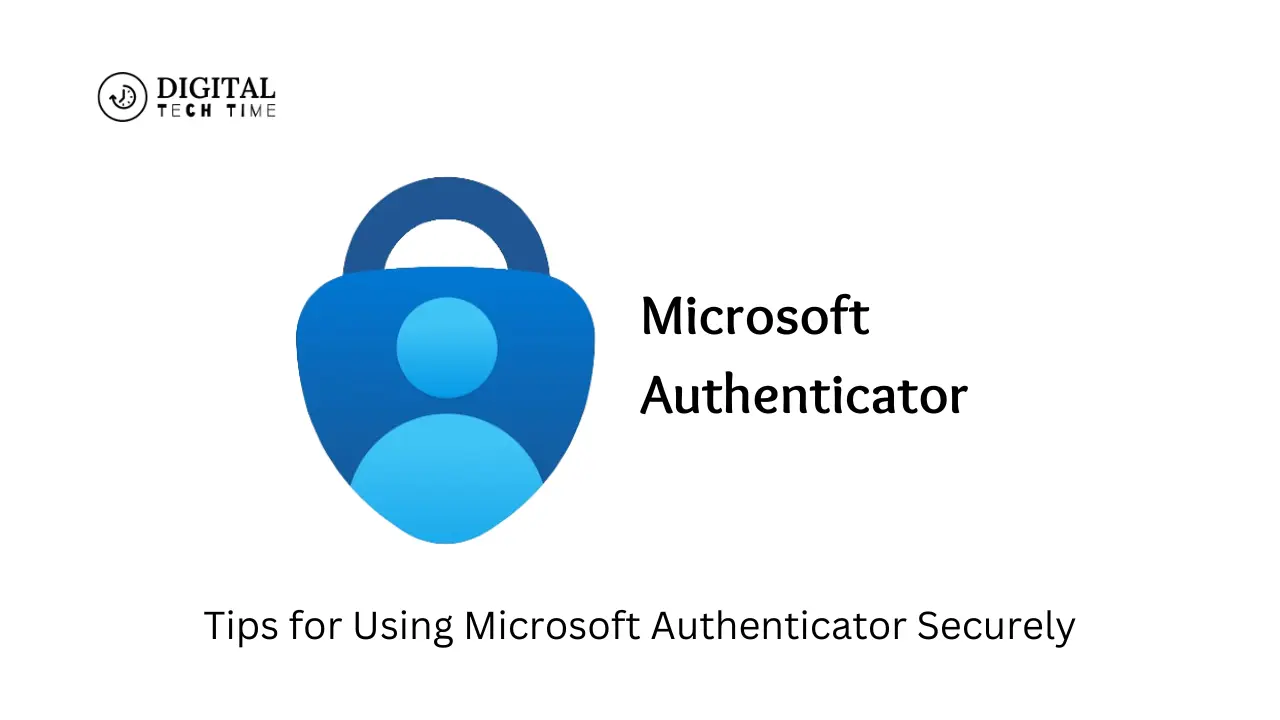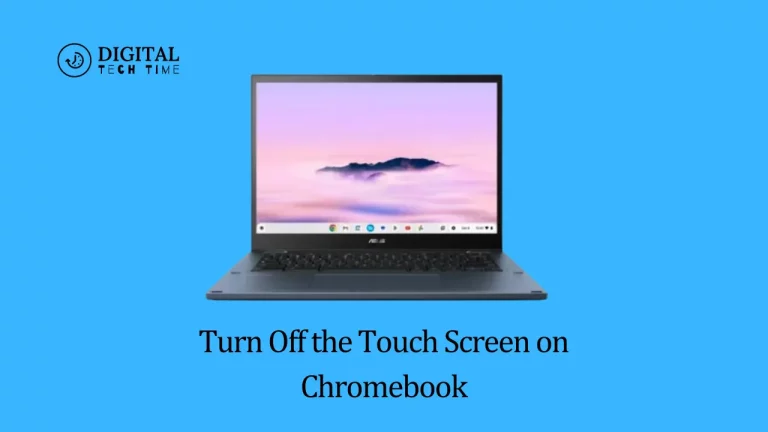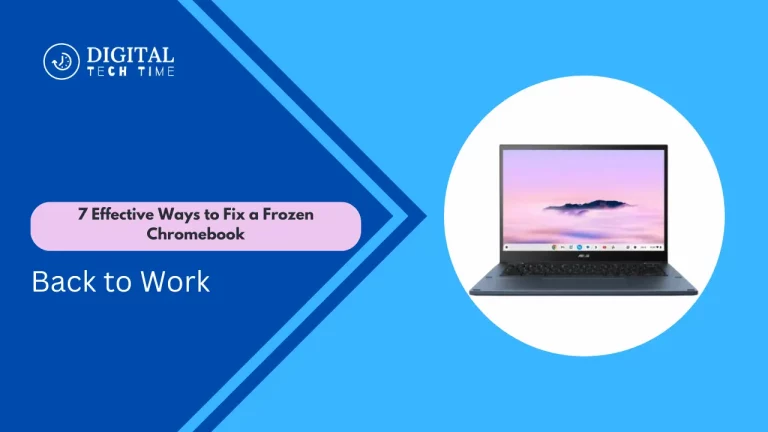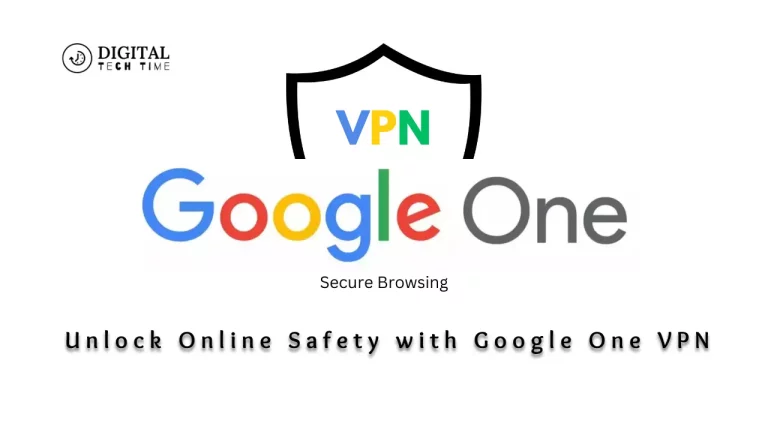Top Tips for Using Microsoft Authenticator Securely
As a human writer with extensive experience, secure authentication is now an aspect that has started to hold prominence in today’s modern digital landscape. Microsoft Authenticator is such a powerful tool that will help you protect your online accounts and personal information. In this detailed article, I will walk you through the major features of Microsoft Authenticator, its importance with respect to your security, and good practices for effective usage.
Table of Contents
Setting up Microsoft Authenticator
Getting started with Microsoft Authenticator is pretty straightforward: download the application to your mobile device, either iOS or Android. You install it, add accounts, and then easily configure your choice of online services.
- Get the Microsoft Authenticator app: Open the App Store or Google Play Store and search for “Microsoft Authenticator.” Install the app on your mobile device.
- Add your accounts: Open the Microsoft Authenticator app, then follow the on-screen instructions to add your account. Additionally, link your Microsoft account with any other online service that you are using with Microsoft Authenticator.
- Verify your identity: During setup or through another authentication method, you may be asked to confirm your identity with a one-time code. Only you can access your accounts via the Microsoft Authenticator app.
- Enable multi-factor authentication: Now, once the accounts are added, you can set it up in such a way that every time you try to access them, the app asks you to activate multi-factor authentication, which means that it will ask you to enter a one-time code or do biometric authentication, fingerprint, or face recognition to sign in to the accounts.
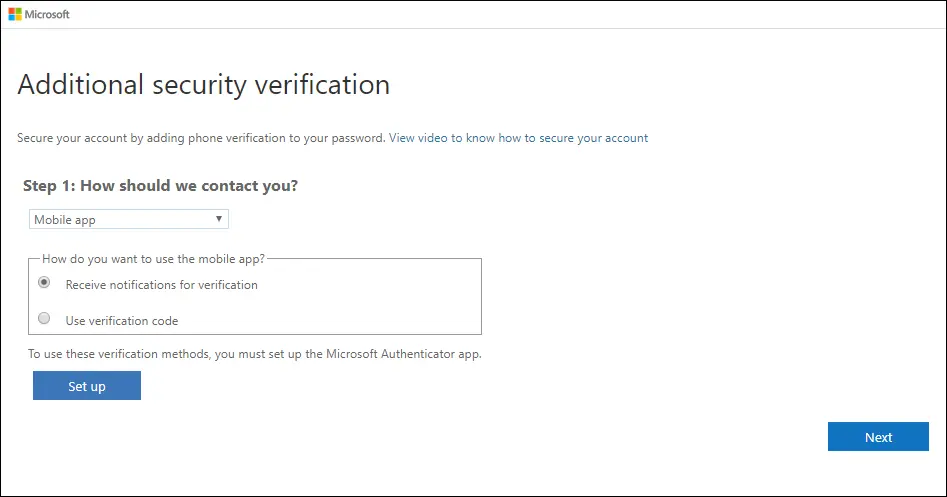
Configuring multi-factor authentication with Microsoft Authenticator
By switching on multi-factor authentication with Microsoft Authenticator, he is going the extra length to secure his online accounts. Requiring a second form of verification could significantly cut unauthorized access and protect sensitive information.
To configure multi-factor authentication:
- Sign in to your accounts: Sign in to those online accounts that support Microsoft Authenticator.
- Look for the multi-factor authentication setting. It’s usually located in the security or account management area of your account.
- Choose Microsoft Authenticator as the verification method: When you get to the point where you have to choose how to receive the one-time codes or verify your identity, choose Microsoft Authenticator.
- Scan the QR code: Using the Microsoft Authenticator application, scan the QR code that appears on the screen to link your account to the application.
- Verify your identity: You may be asked to input a one-time code or use biometric authentication to verify who you are.
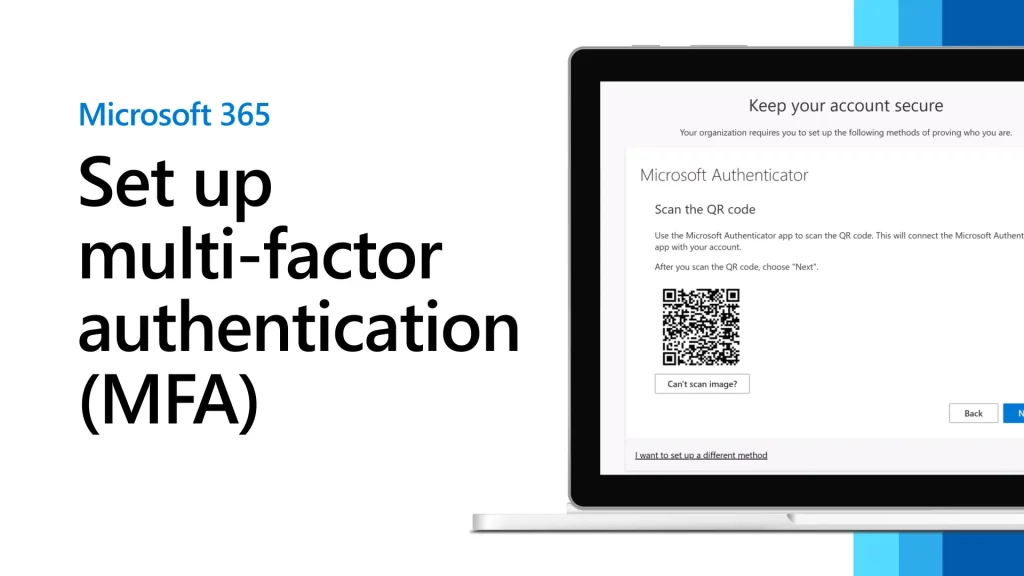
Once you’ve completed these steps, Microsoft Authenticator will provide an additional layer of security to protect your accounts.
Best practices for using Microsoft Authenticator securely
To ensure the maximum security benefits of Microsoft Authenticator, it’s important to follow these best practices:
- Keep your device secure: This means having a strong passcode for the mobile device, requiring biometric authentication, or using a secure lock screen. This keeps unauthorized persons away from your Microsoft Authenticator application.
- Use a different password for each account: One should not use the same password for several accounts. If one of your passwords is compromised, then the effects would not be so overwhelming.
- Keep the Microsoft Authenticator app updated: Make sure it is regularly updated to keep up with the latest security features and bug fixes.
- One-time codes should not be shared: Under no circumstances should any person be given your Microsoft Authenticator one-time code, as this may provide them with access to your accounts.
- Turn on extra security features: If you wish to make your Microsoft Authenticator app a bit more secure, then location-based authentication or push notifications are well worth looking at.
- Check your account activity regularly: Keep an eye on it in case of suspicious activities or attempts to gain unauthorized access to your account.
By following these best practices, you can maximize the security benefits of Microsoft Authenticator and protect your online accounts from various threats.
Alternatives to Microsoft Authenticator
While Microsoft Authenticator is a popular and widely-used multi-factor authentication app, other alternatives better suit your needs. Some popular options include:
- Google Authenticator: A free, open-source application for two-factor authentication with many online services.
- Authy: Supports multiservice and multi-platform with other added-value features, like cloud backup.
- LastPass Authenticator: This application is tied in with the password manager LastPass. The LastPass Authenticator makes using two-factor authentication almost frictionless.
- Duo Mobile: Contains a long list of different security features, including push notifications and biometric authentication.
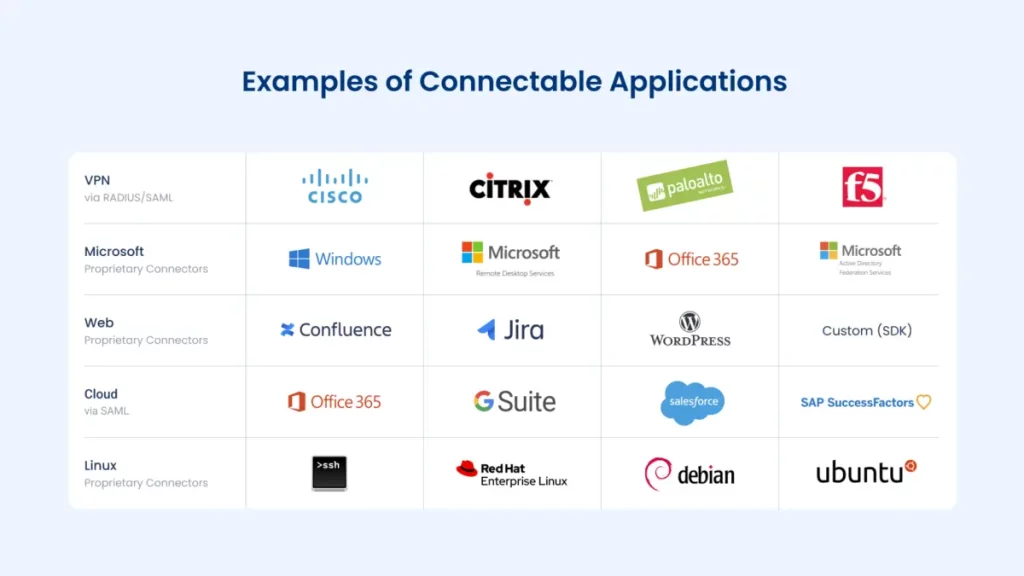
When choosing an alternative to Microsoft Authenticator, consider the supported services, ease of use, additional security features, and cross-platform compatibility.
Keeping your Microsoft Authenticator app up to date
It’s very important to keep the app updated on a routine basis. Microsoft frequently releases updates that patch vulnerabilities, enhance performance, and add new features.
To ensure your Microsoft Authenticator app is up-to-date:
- Check for Updates: Periodically, check the app store for any updates to the Microsoft Authenticator application in either the App Store or Google Play Store.
- Enable Automatic Updates: Set your mobile device to update the Microsoft Authenticator application automatically whenever an updated version becomes available.
- Update notes review: At each update of the application, take it upon yourself to review any update notes. This will help you make more sense of any changes made to the app while verifying that everything you have in the new version remains from security and functionality standpoints.
- Backup your data: Before updating the app, you should create a backup of your Microsoft Authenticator data, like account information and settings. This will ensure that restoring your data will be fine if something goes wrong.
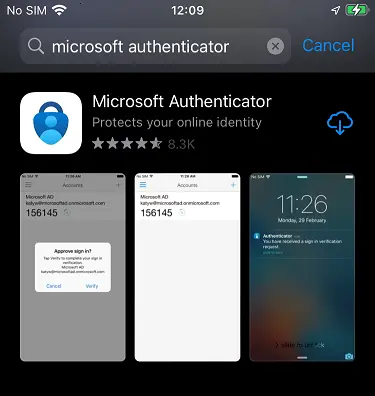
By keeping your Microsoft Authenticator app up to date, you can take advantage of the latest security features and protections, ensuring the continued security of your online accounts.
Frequently Asked Questions
Q: Does Microsoft Authenticator cost anything to use?
A: It is completely free to download the Microsoft Authenticator app and start using it.
Q: Can I use Microsoft Authenticator for accounts other than Microsoft?
A: Microsoft Authenticator can secure a wide range of online accounts, including Microsoft accounts. You can add accounts from providers such as Google, Facebook, and many others.
Q: How does Microsoft Authenticator stand in terms of security compared to the other MFA apps?
A: The Microsoft Authenticator solution is secure in the context of multi-factor authentication. It is designed to protect your data with industry-standard encryption and security protocols, and a wide range of persons and organizations have leveraged its benefits.
Q: Multiple Device Compatibility Can I use Microsoft Authenticator on multiple devices?
A: You can use Microsoft Authenticator on as many devices as you want, such as a Chromebook, smartphone, tablet, or even your smartwatch. Conveniently get to your account from all your devices while maintaining the same level of security.
Q: What should I do if my mobile device with the Microsoft Authenticator application is lost or stolen?
A: If your device has been stolen or lost, then instantly remove it from the Microsoft Authenticator and reset the security settings of connected accounts in order to prevent unauthorized access.
Also Read: Fintechzoom Best Credit Cards for Savvy Spenders
Conclusion
In today’s digital frontier, securing your online accounts is more critical than ever. Microsoft Authenticator enables you to keep sensitive information protected and unauthorized access at bay.
The following tips and best practices in this article will securely and effectively let you use Microsoft Authenticator. Keep in mind that it’s a good idea always to keep your app up-to-date, follow strong security practices, and consider alternative options when they would fit your needs better.
To learn more about Microsoft Authenticator and how it can enhance your online security, visit the [Microsoft Authenticator website]

